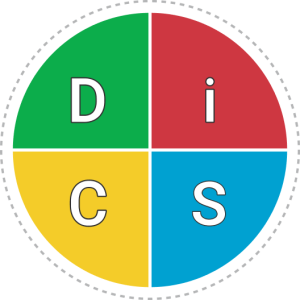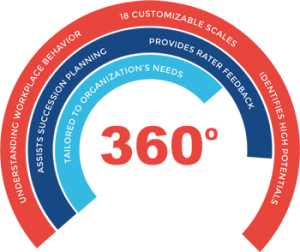Our team uses a robust combination of scientifically validated assessments to help diagnose your unique situation. Administering the proper assessment or combination of assessments for you and your team enables us to design meaningful services and interventions to improve performance while yielding a return on your investment (ROI).
Our team is certified on a host of individual and collective assessments. We do NOT administer assessments and leave you to figure out what the results mean. To maximize your ROI, we administer assessments, help you interpret results, decipher the implications, and design next steps to improve performance in a substantive, lasting way. We are certified to administer DiSC, AQai, and 360-Degree assessments.
EVERYTHING DiSC
The DiSC Model
Everything DiSC gives people a quick and intuitive way to understand themselves —a simple yet powerful model that describes four basic behavioral styles: D, i, S, and C.
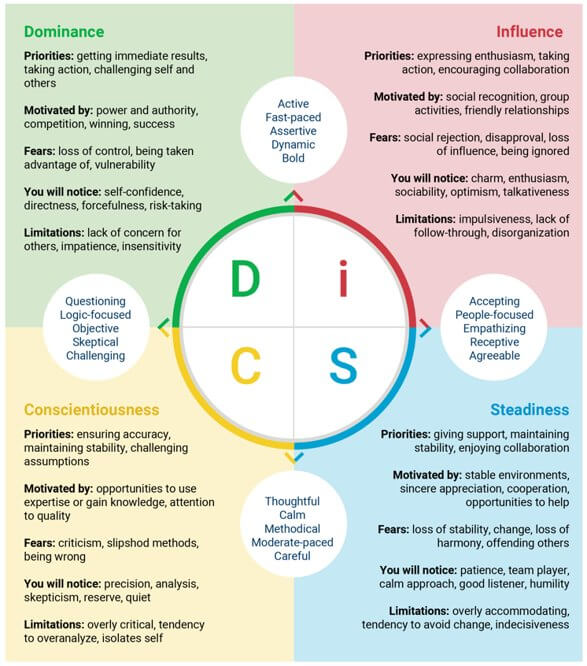
D personalities tend to be confident and place an emphasis on accomplishing bottom-line results.
i personalities tend to be more open, placing an emphasis on relationships and influencing others.
S personalities tend to be dependable and place an emphasis on cooperation and sincerity.
C personalities tend to place an emphasis on quality, accuracy, expertise, and competency.
Everyone is a blend of all four DiSC styles—usually one or two styles stand-out. Each person has a unique behavioral profile with associated styles, preferences, and priorities. No style is “good” or “bad,” and no style better or worse than the next. The differences are important, because once assessed, interpreted, and understood, better workplace communications and more successful organizations become more possible.
DiSC is a highly regarded, scientifically validated instrument. DiSC is reliable: it measures with consistency and dependability. DiSC is valid: it measures what it proposes to measure.
Why Use DiSC?
DiSC is perfect to address a host of issues routinely confronting organizations, including:
- Workplace culture: to improve culture and cultivate effective communications.
- Team building: to build stronger teams and discover the best ways to collaborate.
- Personal development: to learn more about your own personality and how it impacts your life and work.
- Leadership training: to develop confident, impactful leaders.
- Management training: to teach managers how to effectively engage with, motivate, and develop their staff.
- Conflict management: to develop better conflict management skills and practice emotional intelligence.
- Sales and customer service training: to improve customer service and sales skills.
- Hiring: to hire the right people and set them up for success.
What’s the Process?
- Contact our HigherEchelon experts and schedule your DiSC assessment.
- Complete the DiSC assessment to determine where you “fit” into the four main personality reference styles. The assessment takes 15 to 20 minutes and includes approximately 80 questions.
- Receive your personalized profile and results. You’ll learn about your unique behavioral style, strategies for engaging with others, your needs, and preferred environment.
- Participate in a HigherEchelon facilitated session that helps you apply the information in your DiSC profile to your team and day-to-day work.
Time to Complete Your DiSC Assessment
Our HigherEchelon facilitators are credentialed and licensed DiSC partners. We’re ready to help you, your team, and your organization complete the DiSC assessment, interpret your results, and achieve high performance.

![]()
AQai ADAPTABILITY ASSESSMENTS

“As a disposition and skill, adaptability is essential to an individual’s psychological health, social success, and academic or workplace achievement.“
– National Institutes for Health, 2015
In today’s rapidly changing world, every person, every team, and every company must adapt to survive.
The pressure for people to upskill, retrain, and reskill to retain their value or find new employment is a global challenge across industries. Even for those with “secure” employment, the massive disruptions have escalated the pace of change.
Against this backdrop, adaptability and resilience have become the most in-demand and valuable skills needed in the modern workplace.
The stakes are high. Failing to adapt costs money, impacts performance, fuels mental health problems, leads to job losses, and makes organizations vulnerable to competitors.
Are You Hiring for Adaptability?
The days of hiring based on past job experience and current skills are quickly fading. Crucial attributes such as adaptability and resilience do not show up on a resume. Do you know what to look for and how to accurately assess for it?
AQai is a new, intelligent platform with an algorithm that measures a person’s AQ to build adaptive teams and organizations. This scientifically valid tool measures the 17 dimensions of adaptability, including grit, mental flexibility, motivation style, thinking style, and emotional range, within the categories of ability, character, and environment.
AQai provides real insights into a person’s resilience and ability to cope with complex environments. Knowing a person’s AQ gets at the 2 components of grit: perseverance and passion.
Our HigherEchelon facilitators are trained and certified on AQai. We administer the AQai assessment and interpret results to provide meaningful, actionable information about individuals and teams. Our AQai instrument helps you, your team, and your organization find these leaders.
Model of AQ – The Adaptiotic Table
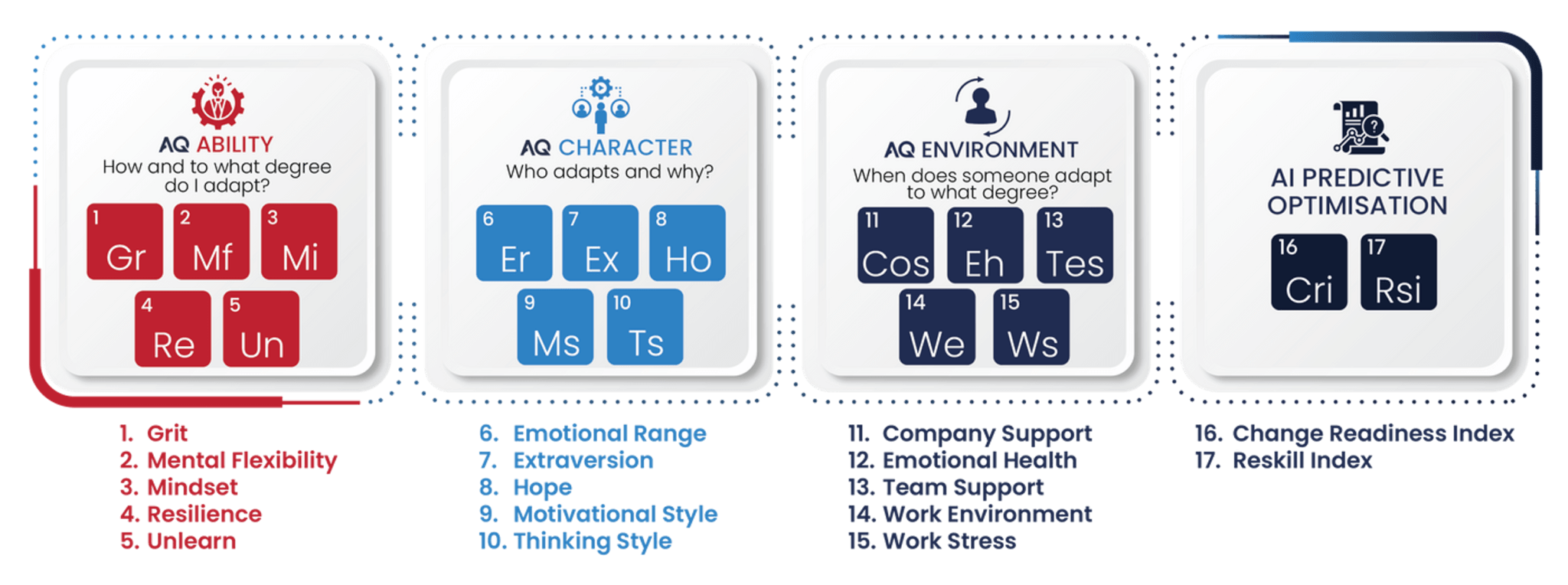
Building Highly Adaptable Workforces at Speed and Scale
Through our partnership with AQai technology, HigherEchelon offers teams a cutting edge learning experience that includes:
- Interactive and engaging AI powered conversations throughout modules.
- Personalized 1:1 coaching and training at scale.
- The ability to view your AQ score and insights in the dashboard.
- Personalized and actional insights to improve your AQ score.
- Included videos and resources to help improve adaptability.
- Team reports with distribution analysis and powerful filters.
- Valuable data to inform critical decisions.
This platform is relevant for the full gamut of employees, from those who have just started working at a new company to those who have been working in their current job for 40 years. Results reveal specific AQ profiles and scores across their team, and supports transformations for learning and development whether it’s to upskill or reskill.
![]()
360-DEGREE ASSESSMENT
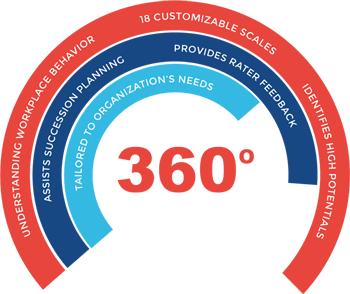
The 360-Degree Assessment (“360” for short) provides feedback from a subject’s subordinates, peers, colleagues, and supervisor(s). A 360 combines this feedback with the person’s self-evaluation to paint a complete picture of how the person is perceived, while measuring the consistencies and inconsistencies based on one’s professional relationship with the subject.
A 360 is a multi-rater assessment, meaning multiple views of the subject are combined to highlight the subject’s consistencies, inconsistences, strengths, and weaknesses.
A 360 provides a holistic view of an individual’s behaviors and how they are perceived. Because a 360 gathers data from a variety of people, it is particularly useful for identifying blind spots and areas for improvement. 360’s increase self-awareness and provide important information about how others view the person’s behaviors and how best to affect behavioral changes.
Our HigherEchelon coaches are certified to administer the 360 assessment and interpret results. We use these results to design appropriate strategies to best implement behavioral improvements to increase productivity and performance.
![]()
For more information about HigherEchelon’s Human Capital Solutions—please book an appointment below or contact seth.nieman@higherechelon.com
(866) 806-6432 to design the best solution to fit your needs.
For more from Human Capital Solutions, explore our Media page, social media
platforms, and Coaching Through Stories podcast by clicking the icons above.

